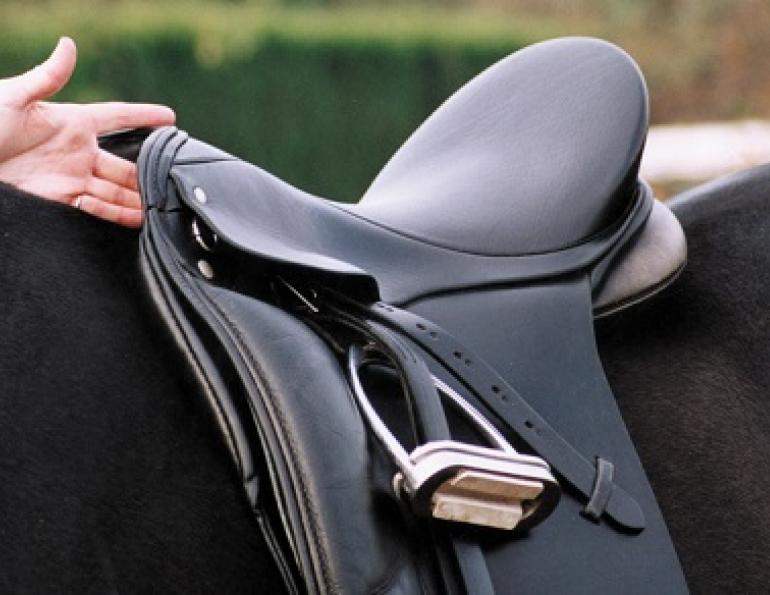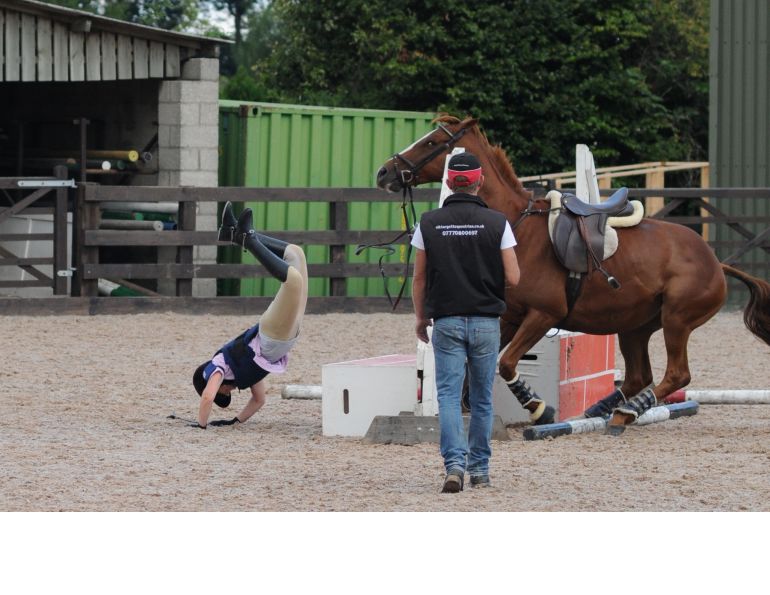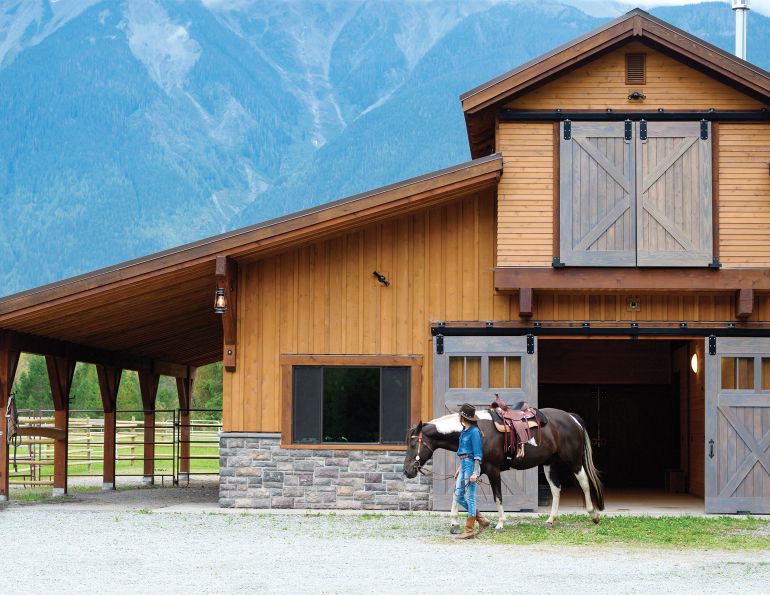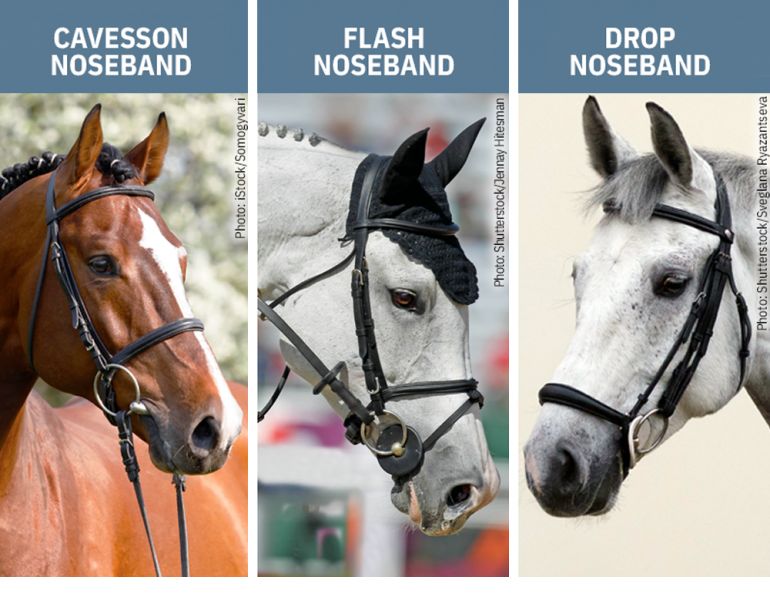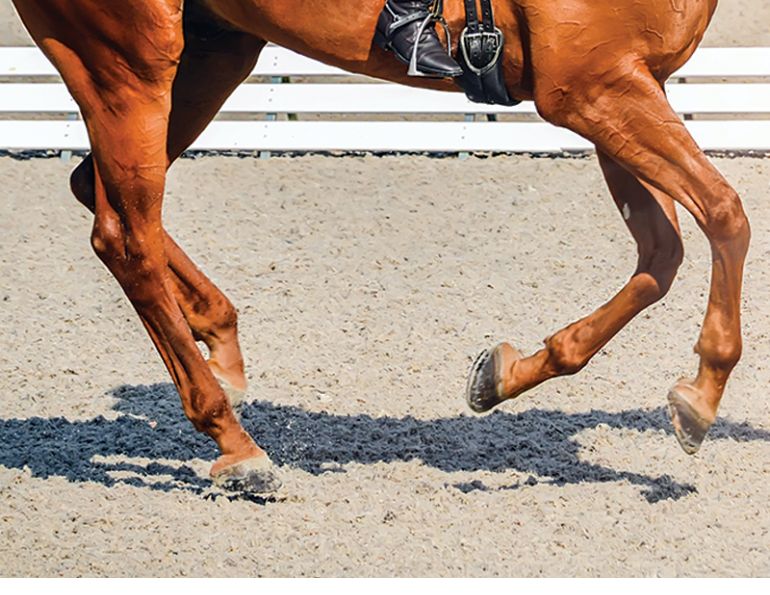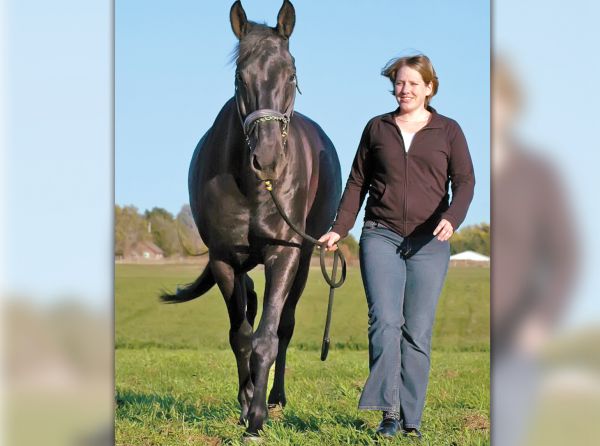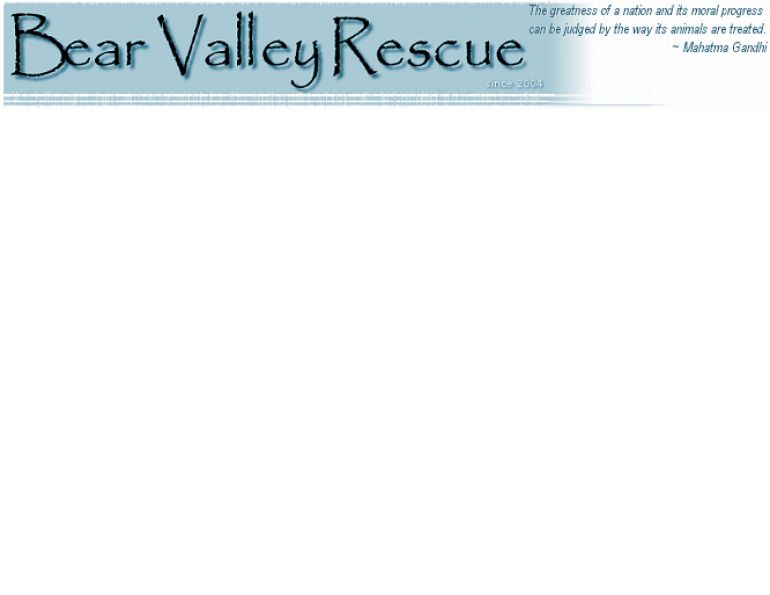By Jochen Schleese, CMS, Equine Ergonomist
Q: I ride a Thoroughbred with a moderately roached (convex or round) back. How should I determine if my saddle fits correctly?
A: The nine main points of saddle fit are absolutely common to all saddles and all horses – if you want to determine whether and how well your saddle fits, these points should be considered, and each of these points has video instruction on the Schleese Saddlery website. The convexity of this particular horse’s back will lead to rocking if the saddle panels are not properly fitted.
#1 – Balance: When on the horse’s back, the center of the saddle (seat area) should be parallel to the ground.
#2 – Wither Clearance: Clearance at the withers should be the width of two to three fingers for normal withers; mutton withers will have more clearance while high withers will have less clearance. Clearance should be all around, not just at the top.
#3 – Gullet Channel Width: The gullet should be wide enough to not interfere with the spinal processes or musculature of the horse’s back (width of three to five fingers).
#4 – Full Panel Contact: The panel should touch the horse’s back evenly all the way from front to back; some panels may be designed up at the cantle to allow the horse’s back to come up during engagement.
#5 – Billet Alignment: The billets should hang perpendicular to the ground so that the girth is positioned properly and not angled either forwards or backwards. The girth will always find its position at the narrowest point of the rib cage behind the elbow.
#6 – Saddle Length: The shoulder and loin areas should not carry any weight of the saddle and rider. Rider weight should be on the saddle support area only.
#7 – Saddle Straightness: The saddle should not fall off to one side when viewed from back or front. The tree points should be behind both scapulae (shoulder blades).
#8 – Saddle Tree Angle: The panel tree points should be parallel to the shoulder angle to position the saddle properly.
#9 – Saddle Tree Width: The tree width should be wide enough for saddle to fit during the dynamic movement of the horse.
Related: Correctly Fitting the Child's Saddle
Related: Saddle Fit and the Growing Horse
Main photo: In addition to two to three fingers-width of clearance on the top of the withers, a saddle must allow enough clearance on the sides of the withers to accommodate the shoulder rotation and allow full and free range of motion. Photo courtesy of Schleese Saddlery



